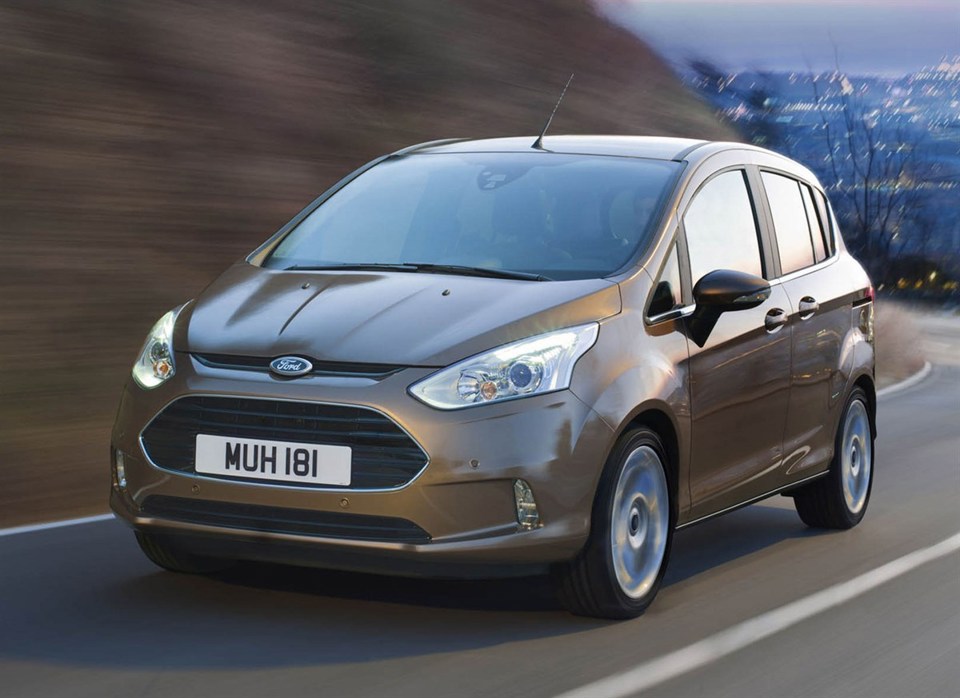Stationed around shopping centres and schools, they secretly watched owners strapping in children and loading up the things they had bought. They then fed the information they had gathered to a UK-based Innovation Team tasked with making the B-Max the most practical small car on the market.
The solution the team came up with was a car with no central pillars between the front and rear doors, making it much easier for people to get in and out. The central pillars are integrated into the hinged front doors and sliding rear doors so that when they are closed they form a solid, safe structure.
Ford says the B-Max is more rigid than the Fiesta on which it is based, and is confident of a maximum five-star Euro-NCAP safety rating when the car is tested in November.
The B-Max replaces the Fusion in Ford's line-up, but is not a direct substitute, insists the company's UK managing director, Mark Ovenden.
"The B-Max is an excellent example of how we can react to the changing needs of customers,' he says. ‘It's a more emotionally engaging car than the Fusion. I will admit that the Fusion could have been better in terms of style, but it had a 1 per cent market share, and most of our competitors would die for volumes like that. And it was phenomenally successful in Russia.
"The wow factor with the B-Max is the door system. But it is also stylish, economical, luxurious and technologically advanced. People are making lifestyle choices to trade down to smaller cars and the B-Max is at the premium end of the small car sector."
The new B-Max goes on sale in October. There is an entry-level Studio model at £12.995, while the mid-range Zetec versions which are expected to account for six out of 10 sales start at £15,600.

















Login to comment
Comments
No comments have been made yet.